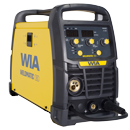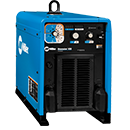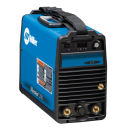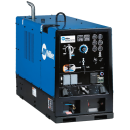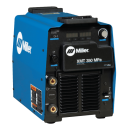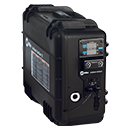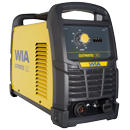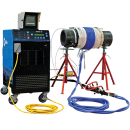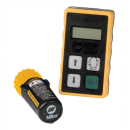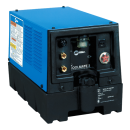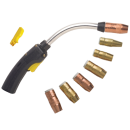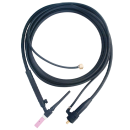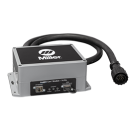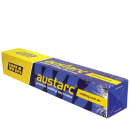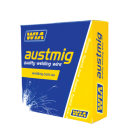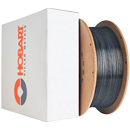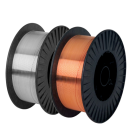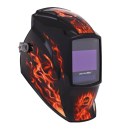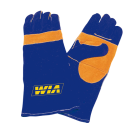Think Induction is Only for Pipe Welding? Think Again.
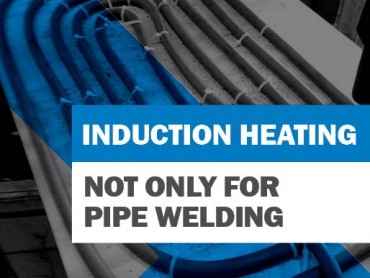
Induction technology offers numerous benefits in many welding applications that require preheating and stress relieving of parts. Induction provides great consistency in heating, faster time to temperature of the part, ease of use and safety in operation.
The induction method is a commonly used for heat treatment in pipe fabrication and welding, however it also offers great flexibility and benefits in welding applications involving other part geometries, including flat plates.
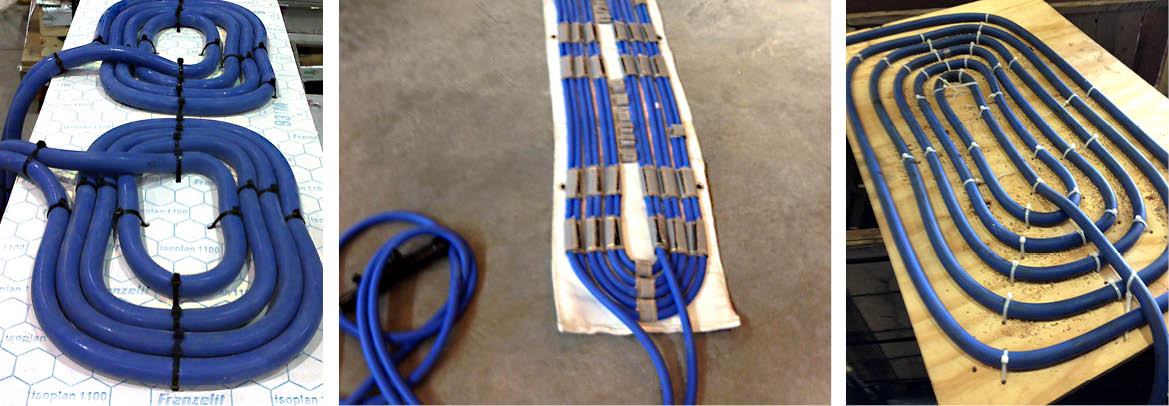
The efficiency of induction
Induction heating is a power source driven heating process that quickly brings a part to temperature and holds it there. It offers advantages for safety, quality and efficiency not found in other heating methods, such as open flame and resistance heating.
Induction heating systems quickly heat conductive metals by inducing current into the part. Induction does not rely on a heating element or flame to transfer heat. Instead, an alternating current passes through the heating device, creating a magnetic field around it. As the magnetic field passes through the workpiece, it creates eddy currents within the part. The resistance of the metal fights against the flow of the eddy currents, generating heat in the part. The part becomes its own heating element, heating from within, which makes induction very efficient since little heat is lost in the process.
Applications that typically require hours to heat can be completed in minutes by utilizing induction heating and the different liquid-cooled, air-cooled and rolling options. Because induction heating systems can use various components to induce heat, depending on the part size and geometry, this makes them a very flexible option.
A flexible option for flat plate
The need to weld flat plates or flat components is common in many industries, including equipment repair in mining, beam welding in structural steel, bridgework, and shipyards and barges.
In flat plate applications that require preheating or post-weld stress relief, operations may use a torch or open flame heat to bring the part to temperature. The flame method can pose heating consistency challenges — especially on large or very thick workpieces — and also in difficult weather conditions on outdoor jobsites, such as wind or rain.
In contrast, induction is an option that offers heating consistency in many conditions, flexibility for varying part sizes and shapes, quick time to temperature, and ease of use. It can be used on very thick steel beams, on large workpieces and in small, confined spaces. It also offers ease of use no matter the weather conditions — wind and rain won’t interfere with induction the way they can with flame — as well as safety benefits compared to flame heating.
Induction heating systems offer options for accommodating differing part geometries. There are various induction configurations available that sit on top of a plate and don’t have to be wrapped around the piece. A pancake coil or induction blanket can typically be used to heat a flat plate.
Induction coils can be shaped to fit small, confined areas, and they also can be spread over a large area to bring a larger workpiece up to temperature.
Also important to note is that in flat plate welding applications, induction coil configurations can be used to heat from one side of the part — and heat the entire part. For example, if the welding operator is working on one side of the plate, the induction coil can be heating from the opposite side. This allows induction heating and welding to occur at the same time, and also saves time in setup.
Easy documentation of temperatures
The Miller ProHeat™ Induction Heating system offers digital recording capabilities that allow temperature levels to be easily tracked and documented.
This is important in many welding applications when it’s critical for quality assurance to ensure that code requirements or customer specifications regarding heat treatment temperatures are being met. The capability to digitally record this information provides greater ease of use, efficiency and accuracy compared to recording this data by hand.
This option can provide welding operations with a competitive advantage, since they have the ability to prove to customers that the proper temperature levels were used in heat treating.
Think beyond pipe
Induction heating is a feasible option in many welding applications that provides significant benefits, including more consistent heating, faster time to temperature and improved safety. As a result, projects can be completed faster without impacting quality or operator safety.
While this heating method is still fairly new it is becoming widely used for pipe welding applications, however it also offers benefits in many other applications as well — including flat plate welding.
The Pro-Heat 35 offers various types and styles of components to induce heat in parts, making induction a flexible option for applications that involve a wide range of part sizes and geometries and heating requirements.
Get in touch with one of our sales specialists today and find out how Induction heating can boost productivity, improve safety and reduces costs
North Queensland
Craig Robertson – 0439 278 960
NSW & Victoria
Rodney Higgins – 0418 877 953
Brisbane
Rohin Rutherford – 0413 045 914
Western Australia
Alex Longman – 0412 417 246
More information on the Pro-Heat 35 Induction Heating System






